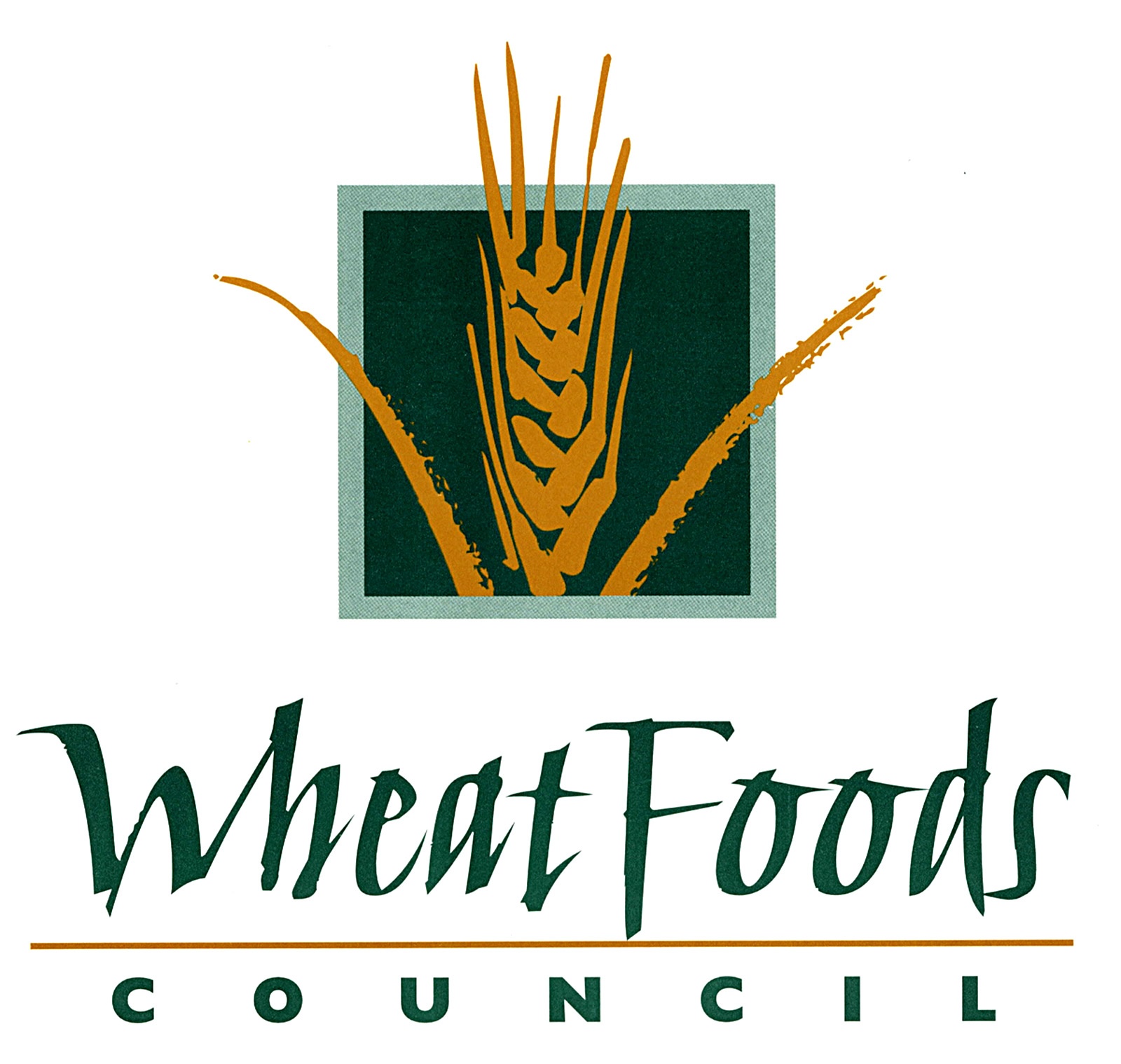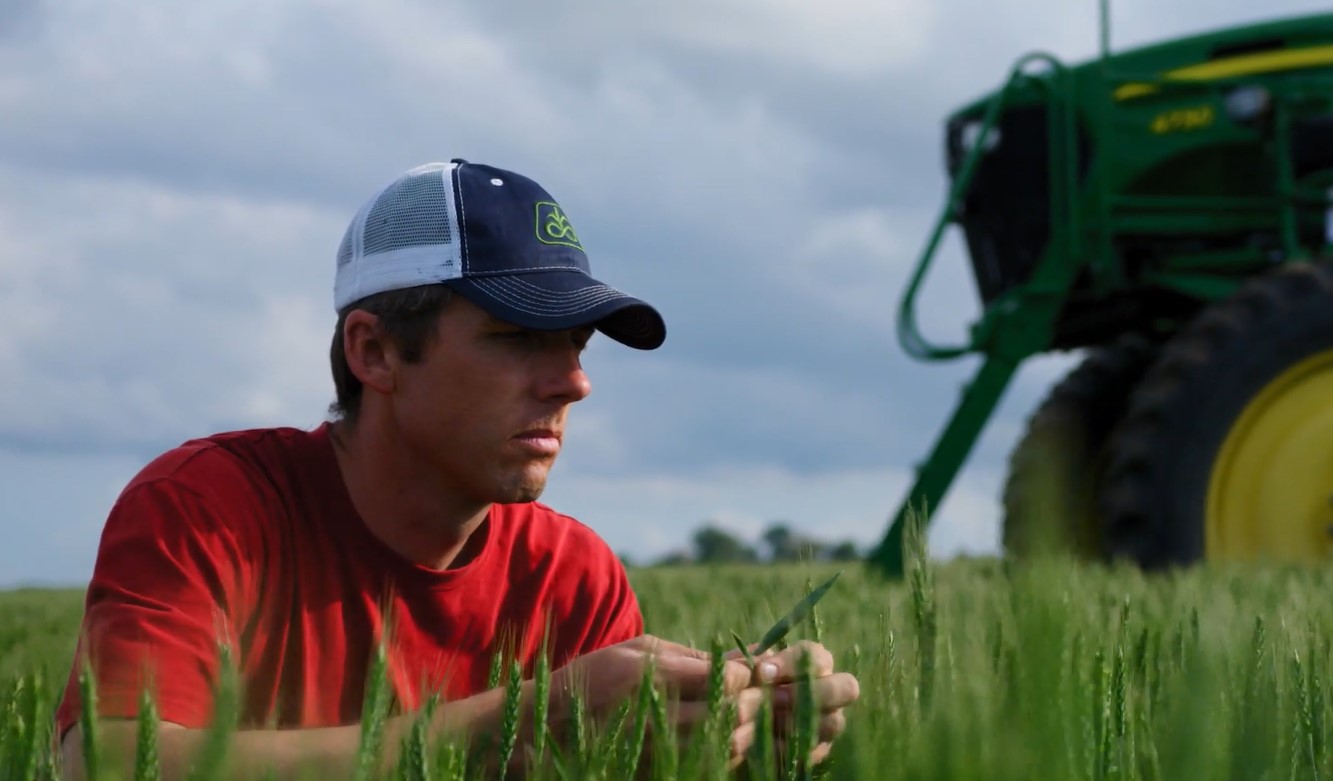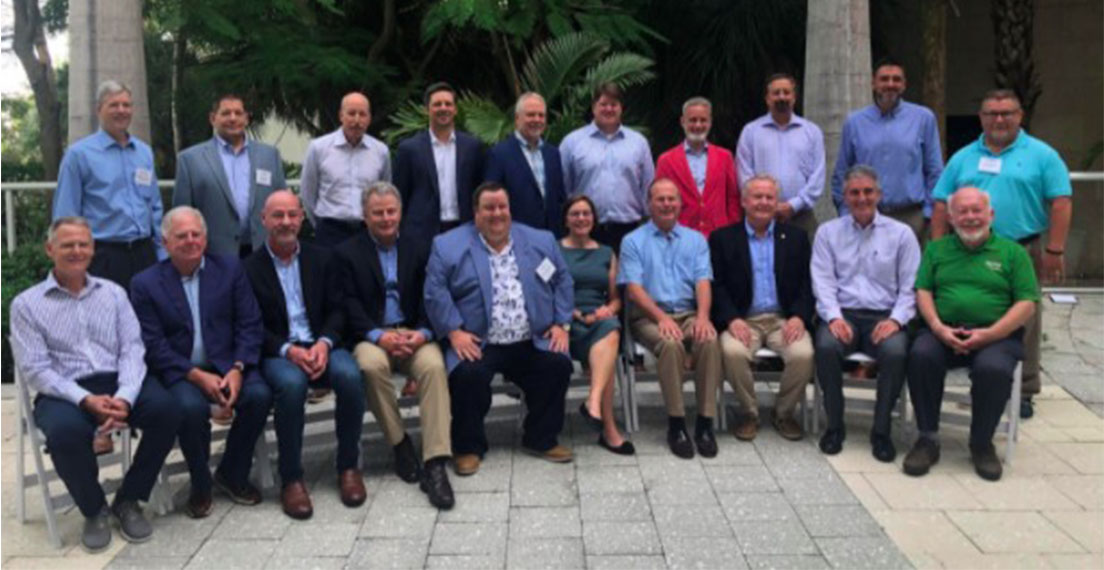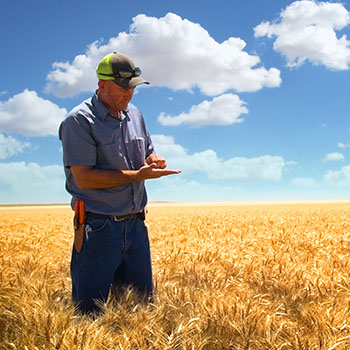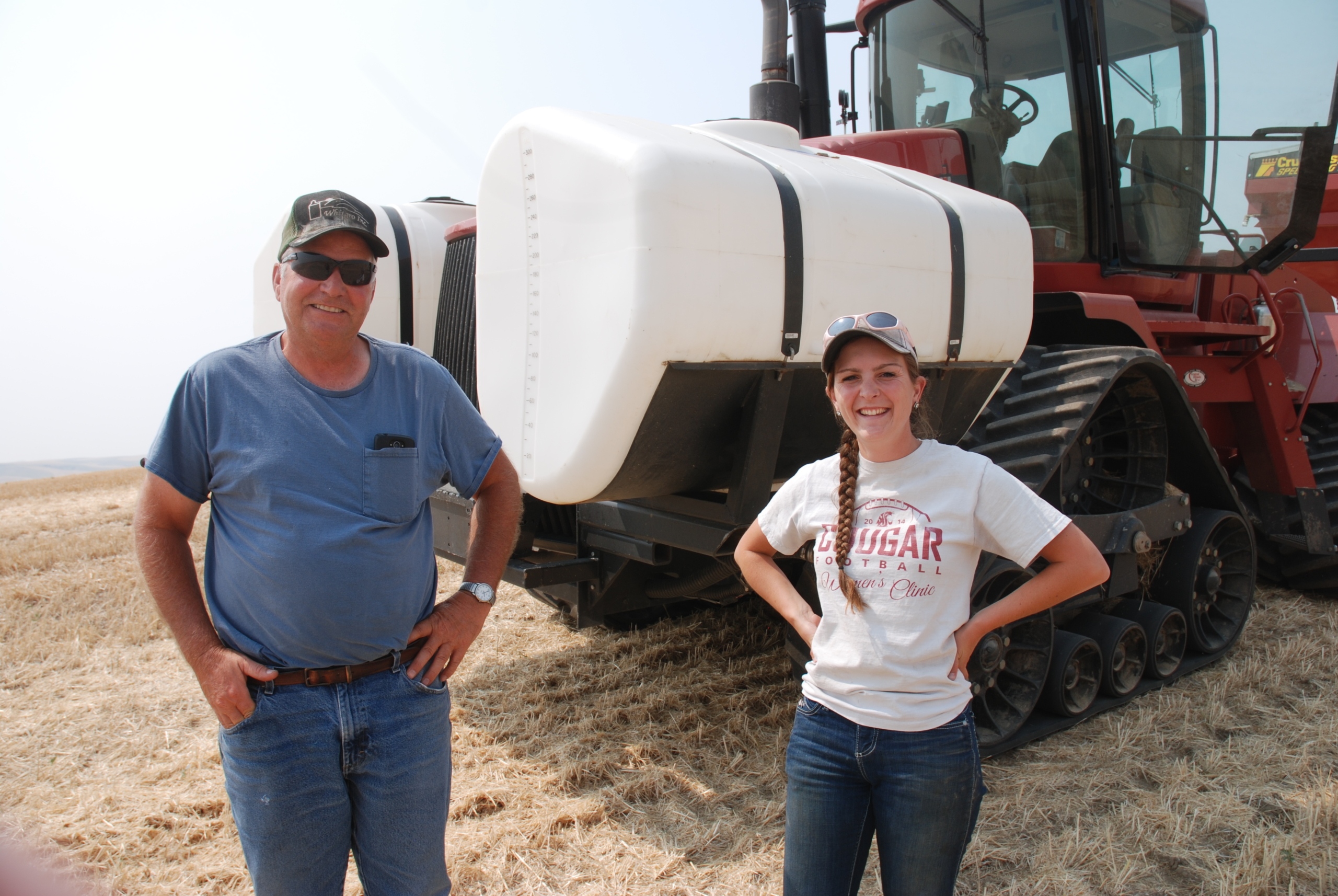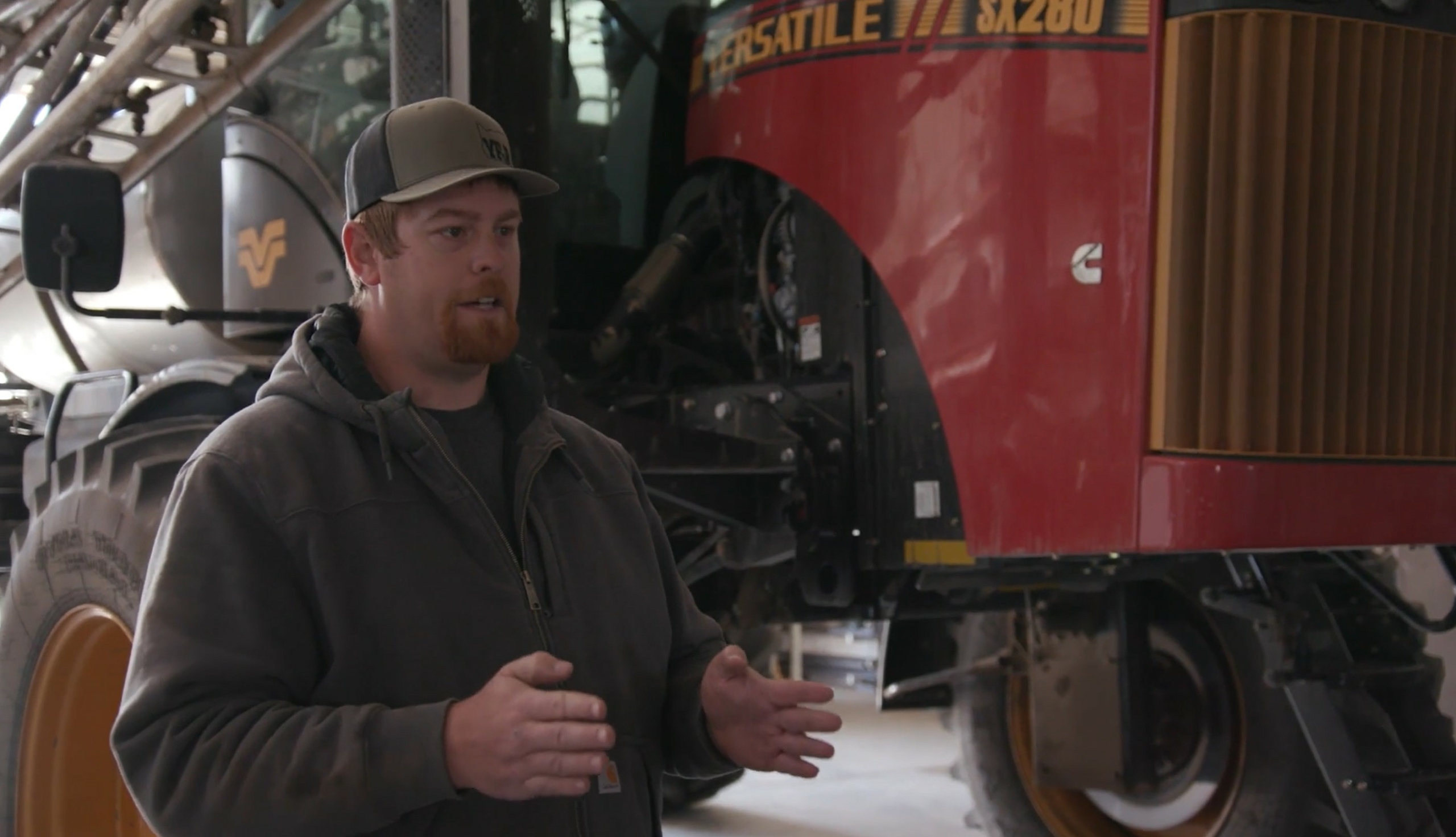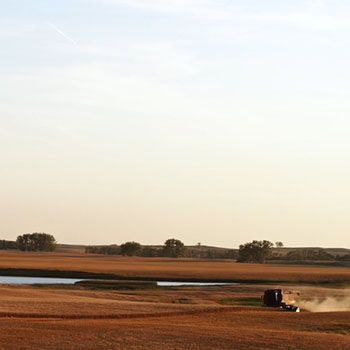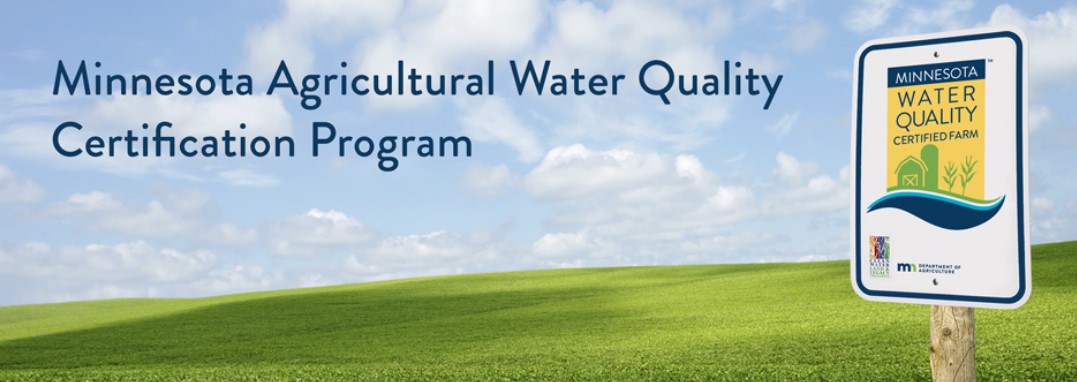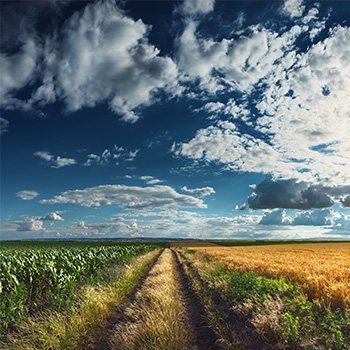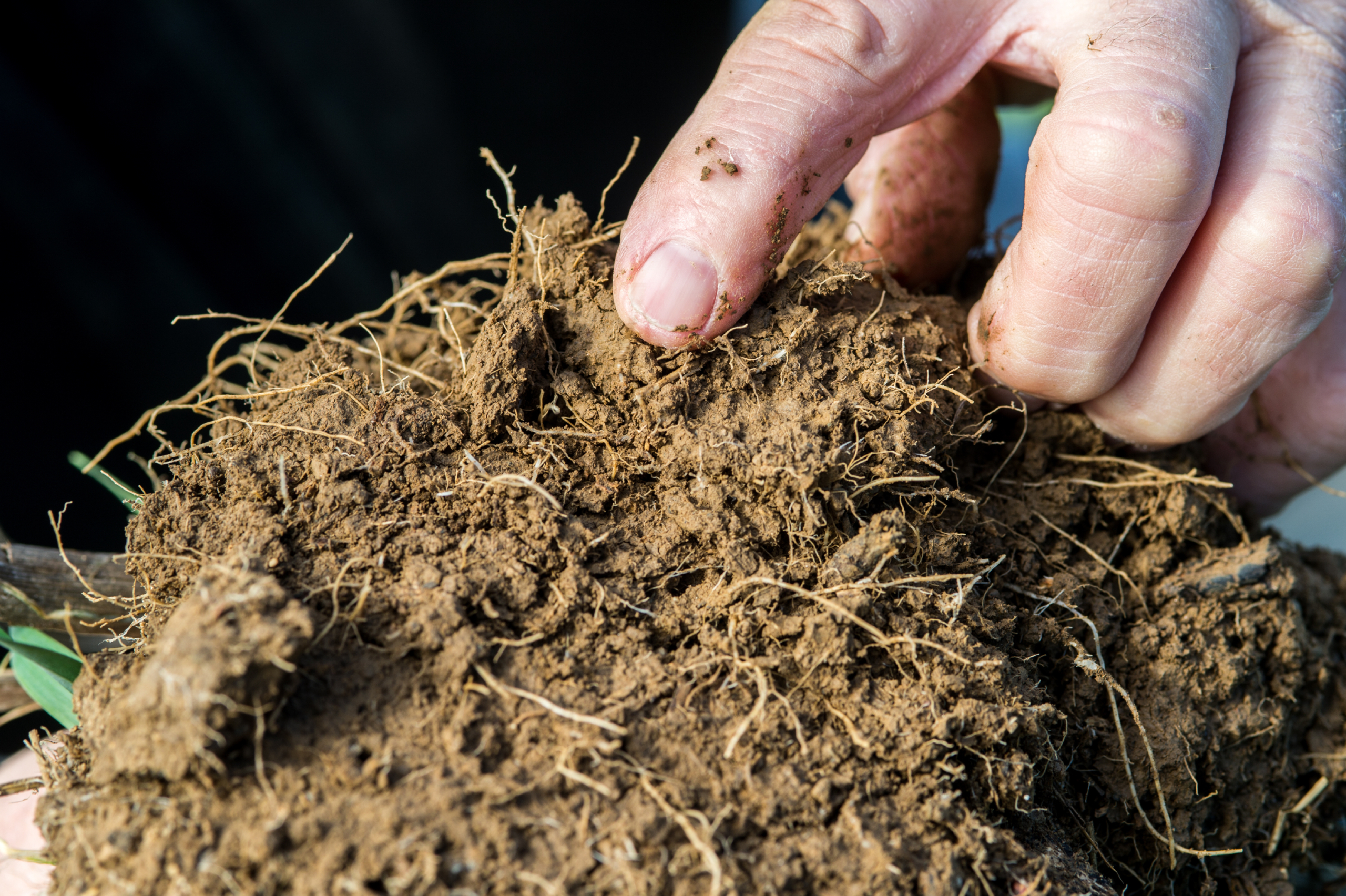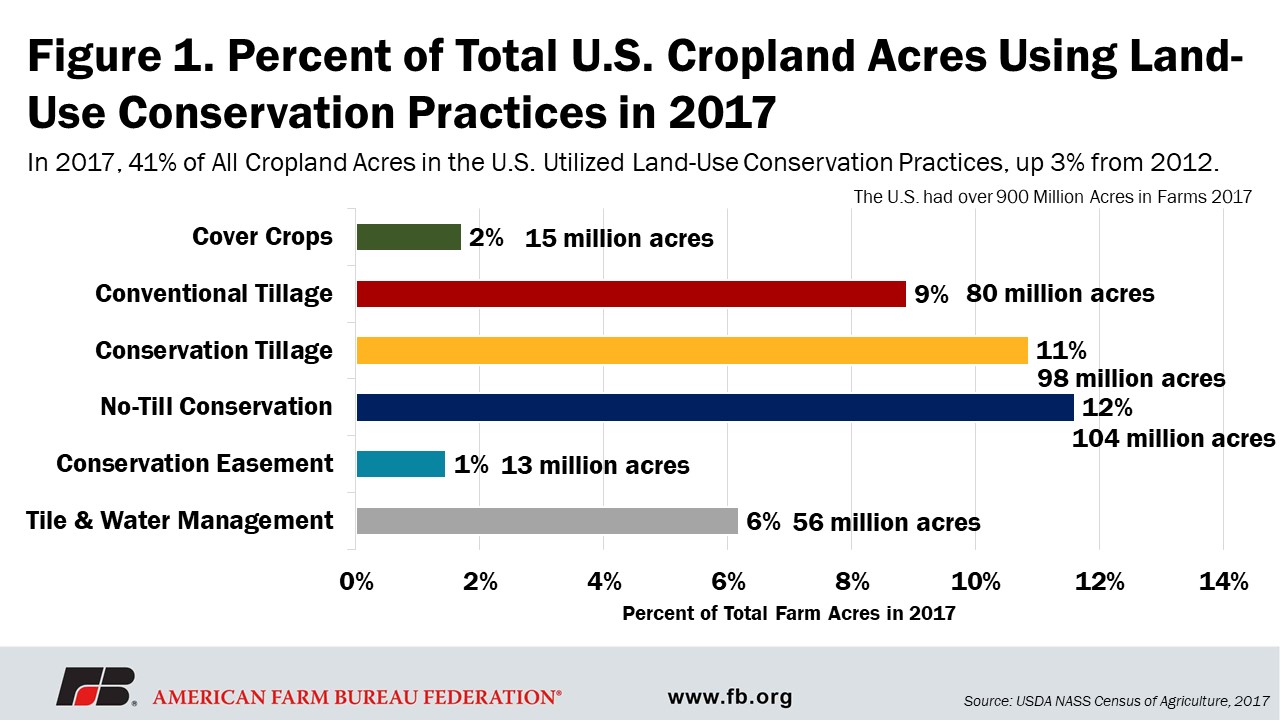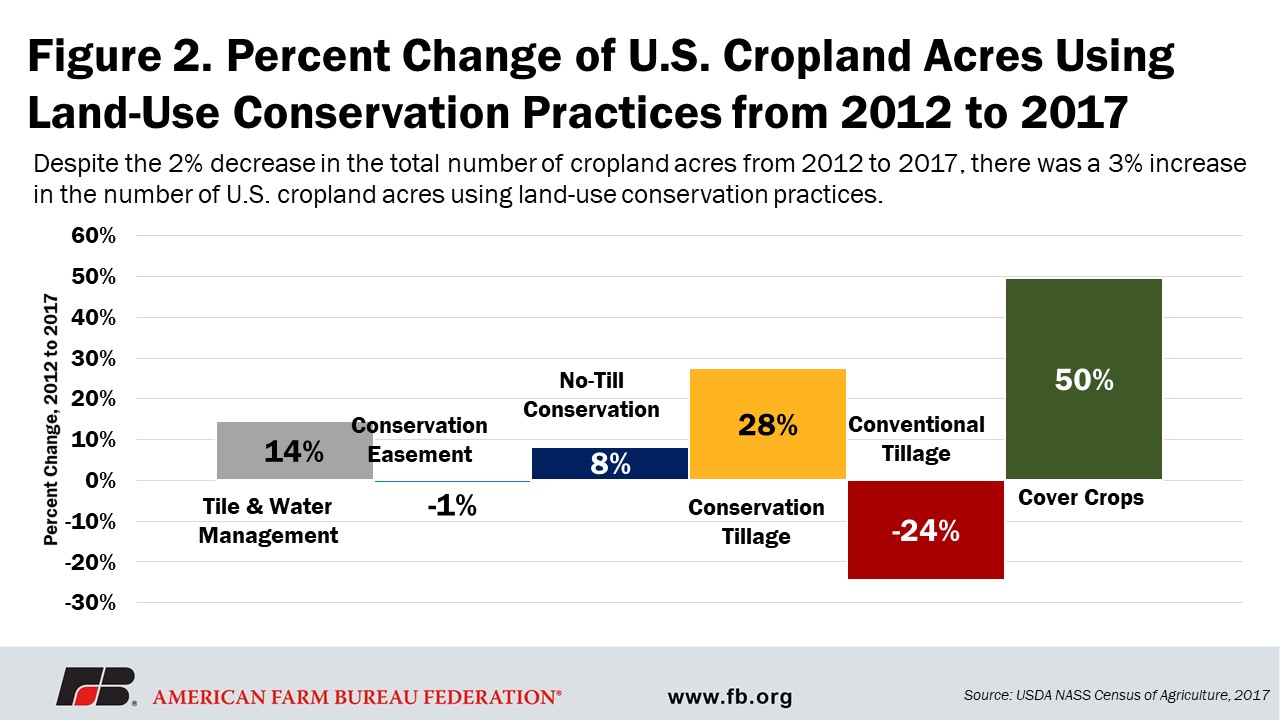USDA’s Foreign Agricultural Service (FAS) Administrator Daniel Whitley recently returned from leading a U.S. trade mission to the Philippines. The mission’s objective was to help foster stronger ties and build economic partnerships between the United States and the Philippines. The mission included representatives from 29 U.S. agribusinesses and farm organizations and 10 state departments of agriculture who are interested in exploring export opportunities in the Philippines.
Charlie Vogel, Executive Director of the Minnesota Wheat Research & Promotion Council, Red Lake Fall, Minn., shared his experience on the trade mission that included meetings with U.S. wheat customers in the Philippines.
People Make It A Small World
“Participating in the trade mission, I was reminded how big this world physically is and the miracle of modern transportation. However, from a human perspective, it is a small world,” Vogel said. “The concerns about geopolitics, world wheat supplies, market volatility, and weather were the exact same questions domestic buyers ask me about hard red spring [HRS] wheat. People are people the world over.
“A key takeaway from this trade mission is the value U.S. wheat farmers receive from the continued efforts of U.S. Wheat Associates (USW) and its staff, who set up meetings, tours, and dinners with millers, bakers and associations. Some themes became apparent. USW staff has developed deep and genuine relationships with these HRS buyers and end users. They provide technical skills and resources to assist these partners in maximizing use, expanding markets and product lines, and improving business. The consistent quality of HRS provided by U.S. growers, including from Minnesota, is essential to the value proposition USW utilizes. In the face of a rising U.S. dollar and uncertain geopolitics, these relationships are critical to continued success.”
Meeting Wheat Customers
USW Country Director Joe Bippert and the USW Manila team arranged a tour and meeting with Gardenia Bakery, a large commercial bread and wheat food company in Manila, for Vogel. In addition, Vogel and Bippert met with leaders of the Filipino Chinese Bakery Association.
Vogel’s photo at the top of this page is from a visit to the flagship store of Eng Bee Tin, an over 90-year-old landmark in the heart of the oldest Chinatown in the world. Eng Bee Tin produces hopia, a popular snack in the Philippines.
“We met wonderful, hospitable and genuine people in Manila, and I was happy to let them know how much our wheat growers in Minnesota and across the country appreciate their support for our products,” Vogel said.

Valued Customers. (L-R) Charlie Vogel and Joe Bippert met with Royce Gerik Chua, Eng Bee Tin, Jerry Midel, Philippine Society of Baking, and Henry Ah, Liberty Food Mart, during the FAS trade mission to the Philippines in July 2022.
World’s Most Reliable
USW and its legacy organizations have maintained an office in the Philippines for almost 60 years. Flour millers in the Philippines rely on U.S. HRS, soft white and hard red winter milling wheat to meet the growing demand for wheat foods in the island nation. Administrator Whitley also noted that the Philippines is the eighth-largest market for U.S. agricultural and food products, with even more potential. There is a reason for that, he said.
“Everywhere I go, trading partners are looking for a reliable supplier. And they view American agriculture to be the most reliable in the world,” Whitley said. “That, along with our outstanding qualities and the fact that we are embracing the challenge to produce commodities that are more sustainable.”


